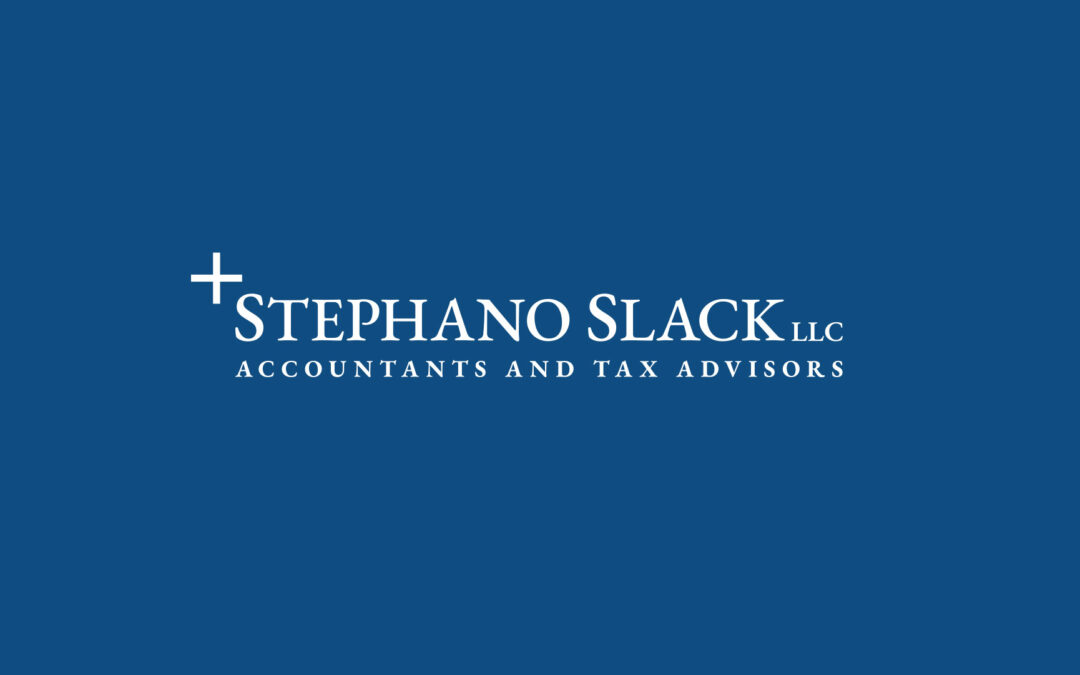London Interbank Offered Rate (LIBOR), the number that currently has over $350 trillion in debt tied to it, is currently set to be phased out and replaced by the end of 2021. The projected alternative is Secured Overnight Financing Rate (SOFR), which went live in April, 2018. It is important for business owners to know the key differences between the rates, as debt modifications are around the corner.
History of LIBOR
Established in in 1969, LIBOR is the rate a select group of creditworthy international banks charge each other for large loans. LIBOR currently has seven different maturities, the overnight, one week, and one, two, three, six, and twelve month rates. These rates are unsecured and forward looking. LIBOR is administered by the Intercontinental Benchmark Administration (IBA), which asks a panel of banks the following question: “At what rate could you borrow funds, if were you to do so by asking for and then accepting interbank offers in a reasonable market size just prior to 11 am London time?” During the financial crisis, LIBOR came under heavy scrutiny as instead of measuring the cost at which banks could actually borrow, banks manipulated rates to give the illusion of financial confidence. As we all know, this came to a tipping point with the collapse of Lehman Brothers and LIBORs reputation was permanently damaged. This began the search for a new risk-free benchmark.
What is SOFR?
Secured Overnight Financing Rate (SOFR) is an overnight secured reference rate administered by the New York Federal Reserve that broadly measures the cost of borrowing cash overnight with U.S. Treasuries as collateral. The rate is based on a robust underlying market. SOFR is seen as preferable to LIBOR as it is based on transaction data from the Treasury repo market, where there is extensive trading each day. Given its recent launch, there still is not a large amount of historical data for SOFR. The rate in its lifespan has historically tended the general direction of the federal funds rate, a short-term rate set by the Federal Reserve that governs what banks charge each other for overnight loans. The challenge that SOFR poses is the rate in itself is only an overnight rate. Thus, one-, three-, and six-month averages of SOFR look into the past and they don’t forecast the future as term loan, futures, and swap rates must do.
What Now?
For many debt agreements, no concrete language lays out a plan if a given reference rate no longer exists. Financial institutions are now beginning to include fallback language for the new reference rate, specifically for loans that will extend past 2021. Banks are still determining how to best use SOFR, including what the appropriate markup margin will be. While we are still a few years out from the transition, it is important to know that changes will be occurring.
Jay Brooks, CPA
610-687-1600



Recent Comments